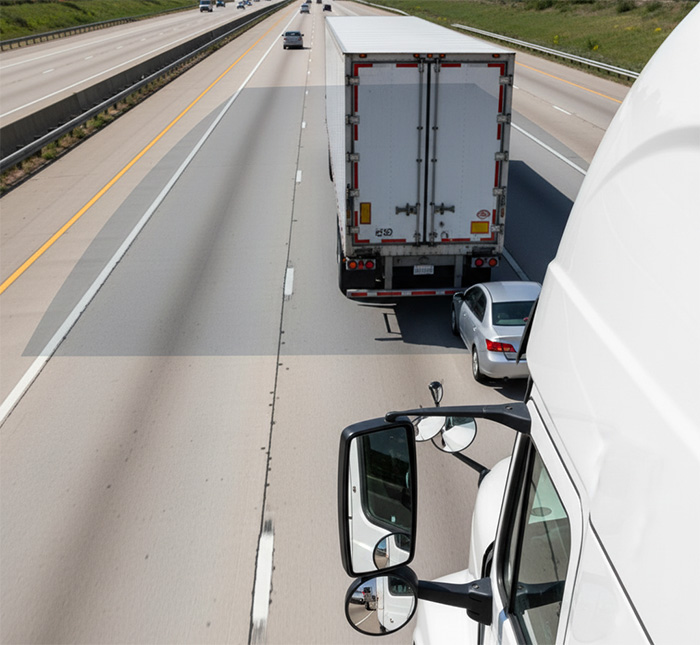
FMCSA Makes Changes to Update the Hours of Service Rules
In hopes of minimizing and preventing accidents related to driver fatigue, the federal hours-of-service (HOS) regulations dictate when and for how long drivers of commercial motor vehicles (CMVs) can be behind the wheel. The HOS rules have been in effect for many years, but, as with many regulations, changes have been made as they sort through a variety of challenges.
The HOS rules are enforced by the U.S. Department of Transportation’s Federal Motor Carrier Safety Administration (FMCSA). Most interstate CMV drivers are required to use Electronic Logging Devices (ELDs) in place of paper logs to record drivers’ hours of service (although backup paper logs are still required).
On May 14, 2020, the FMCSA announced four main changes to the HOS regulations. All commercial drivers and motor carriers will need to comply with the new rules, effective September 29, 2020.
The new rules are intended to give commercial drivers more flexibility and allow them to be more productive. It is important, however, for drivers to understand how and when to implement them properly to limit individual liability.
The new rules will include the following four key changes for interstate truck and bus drivers:
- Increased flexibility for the 30-minute break rule. Revisions to the 30-minute break rule for truck drivers so they can remain “on duty” for their breaks and not have to take a break until completing eight hours of driving time, rather than consecutive time.
- Expanding the “Short Haul” exception. Revisions to the 100-air-mile short-haul exception to lengthen the maximum on-duty period from 12 to 14 hours and extend the distance limit within which the driver may operate from 100 air miles to 150 air miles.
- Modifying the sleeper-berth exception. Revisions to the sleeper-berth provisions to allow truck drivers to split their required 10 hours off into two periods, one being at least 7 hours in a sleeper berth and the other being at least 2 hours off (e.g., a 7/3 or 8/2 split). In addition, neither rest period will count against the driver’s 14-hour driving window.
- Extending the “Adverse Driving Conditions” exception. Changes to the “adverse driving conditions” exception to extend by two hours the maximum window of time during which driving is allowed after a driver encounters unexpected weather or traffic conditions.
What were the previous regulations for the 30-minute break rule?
- Prior to the 2020 changes, the Federal Motor Carrier Safety Administration (FMCSA) required commercial drivers to take a 30-minute break after 8 consecutive hours of driving. This break had to be completely off-duty, meaning the driver could not perform any work-related tasks during this period.
How do the changes to the “Adverse Driving Conditions” exception impact safety measures?
- The changes to the “Adverse Driving Conditions” exception, which extend the driving window by two hours, are designed to offer drivers more discretion in handling difficult driving conditions such as unexpected weather or heavy traffic. While this provides greater flexibility, it also raises concerns about the potential for increased fatigue. To mitigate this, the rule still requires adherence to overall limits on work hours, aiming to balance flexibility with safety.
What specific challenges prompted these changes to the HOS regulations?
- The specific challenges leading to these HOS rule changes generally include feedback from the trucking industry regarding the rigidity of previous HOS rules, which were seen as too restrictive and not allowing drivers enough flexibility to make safe and efficient decisions based on real-time road conditions and operational needs. These changes were largely driven by the industry’s call for more practical and adaptable regulations that still maintain high safety standards.
The complete final rule is available on the FMCSA Website at: https://www.fmcsa.dot.gov/regulations/hours-service/hours-service-drivers-final-rule
Disclaimer: The information in this article is based on the data available as of its writing and is meant to inform and guide prospective CDL trainees. For the most current information and specifics about CDL training programs, please contact SAGE Truck Driving Schools directly.
Please fill out the information below and our team will reach out to chat about your options.


